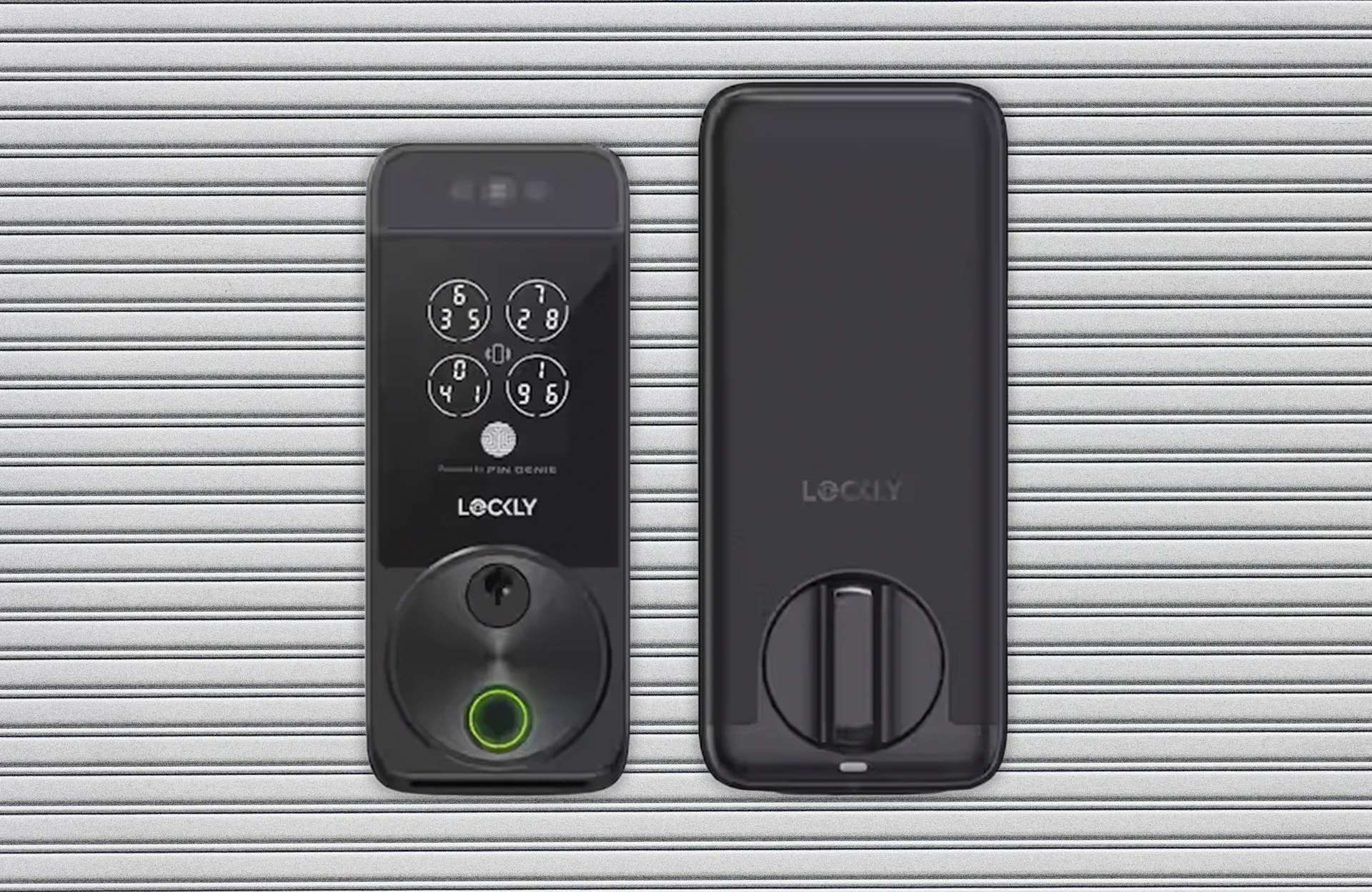
If you’re someone who tends to get bitten by mosquitos far more than others, you know how frustrating it can be to spend time outdoors. I’ve tried everything from topical sprays like OFF! to hiring mosquito control companies that spray my yard with citronella every few weeks, but nothing really worked. This summer, I decided to try something different: Thermacell’s LIV Smart Mosquito Repellent System, designed to shield your outdoor space from mosquitos.
A Mosquito-Free Zone The LIV system doesn’t kill mosquitos; instead, it works as a repellent. The system uses metofluthrin, a chemical that creates a vapor mosquitos avoid when it’s heated. Metofluthrin isn’t exclusive to Thermacell—it’s also found in other mosquito repellent devices like lamps and wearable gadgets.
The LIV system consists of a Smart Hub and Repellers. The Smart Hub connects to your home’s Wi-Fi and provides power to the Repellers, which are connected in a chain via cables. The system’s design is somewhat similar to low-voltage outdoor lighting, though it’s a bit less flexible in terms of placement. Each cable is a fixed 24 feet long (with 10-foot options available for purchase), and Repellers need to be positioned about 20 feet apart since each one covers a 10-foot radius with its vapor.
Setting up the system requires planning, especially when it comes to where you place the Smart Hub, which needs to be close to a power outlet and within your Wi-Fi range. Once you find a suitable location, you’ll also need to ensure the Repellers are spread evenly, forming an overlapping barrier that creates a mosquito-free zone.
Installation Challenges While the setup isn’t overly complicated, it’s time-consuming. You can’t place the Smart Hub in the middle of the cabling run with Repellers on both sides, as there’s only one output port, meaning you’ll need to plan accordingly if your layout requires a back-and-forth design. In my case, I found it easiest to install two Smart Hubs—one with two Repellers and another with three—to avoid running a cable across a walkway.
The Repellers themselves are well-built, with sturdy die-cast aluminum construction, and they’re easy to connect using the provided cables. They come with a spike base for installation in soft ground, though this didn’t work well in my shallow flower beds. I opted for the optional hardscape bases (sold separately), which did the job.
Once positioned, inserting the chemical repellent units is simple. These units last for about 100 hours of use before needing replacement. However, burying the cables to keep them out of sight was one of the most tedious parts of the process, but the end result looked clean and professional, with the Repellers resembling landscape lights.
Smooth Operation After everything was in place, I tested the system using the LIV+ app, which quickly connected both Smart Hubs to my Wi-Fi. Through the app, I could turn the system on and off, customize the Repellers’ LED lights, and set schedules. The app worked well with Alexa, allowing me to use voice commands to control the system—a feature I appreciated since it takes around 15 minutes for the system to warm up.
One downside was the notification system, which is supposed to alert you when the system is warmed up or left on for too long. Despite trying various settings, I never received any notifications. That said, the app and overall system were otherwise reliable, even with a Smart Hub placed behind a stone wall near my pool equipment.
Effectiveness So, does it actually keep the mosquitos away? The short answer is yes—mostly. After installing the LIV system, I noticed a significant reduction in mosquito bites compared to previous summers. While it wasn’t 100% foolproof (a few particularly persistent mosquitos still managed to find me on hot nights), the system was far more effective than the citronella spraying treatments I’d been using before.
While I did experience a few bites throughout the summer, they were far less frequent than in the past, and I was able to enjoy my yard without constantly swatting at bugs.
Safety Considerations One issue I ran into was when I tipped over a Repeller while moving it. The chemical unit inside spilled, and since metofluthrin is toxic to fish and bees, it’s something to handle carefully. After accidentally getting some of the liquid on my hand, I experienced a “pins and needles” sensation that lasted for two days. From then on, I made sure to wear gloves when interacting with the system, and I recommend others do the same.
Cost The Thermacell LIV system is quite an investment. A single Smart Hub costs $189, and each Repeller runs $169. Additional mounting options and chemical refills add to the price, with a complete kit (one Smart Hub and three Repellers) coming in at $799. My full setup, with two hubs and five Repellers, totaled over $1,300. However, considering that professional mosquito spraying costs $140 per treatment, and its effects last only a couple of days, the LIV system is a long-term investment that could be worth it for those who are mosquito magnets like me.
In conclusion, while the Thermacell LIV system isn’t cheap, it provides a much-needed solution for reducing mosquito bites and enhancing outdoor comfort. It’s a solid choice if you’re serious about keeping mosquitos at bay and are willing to invest in a reliable, long-term solution.







